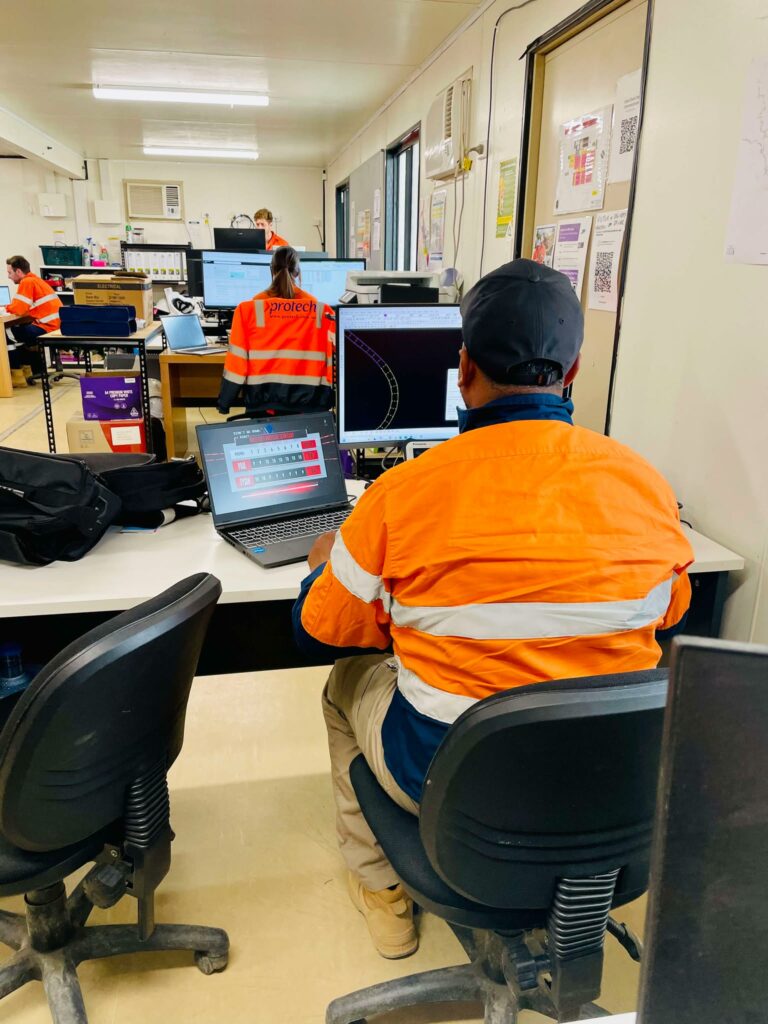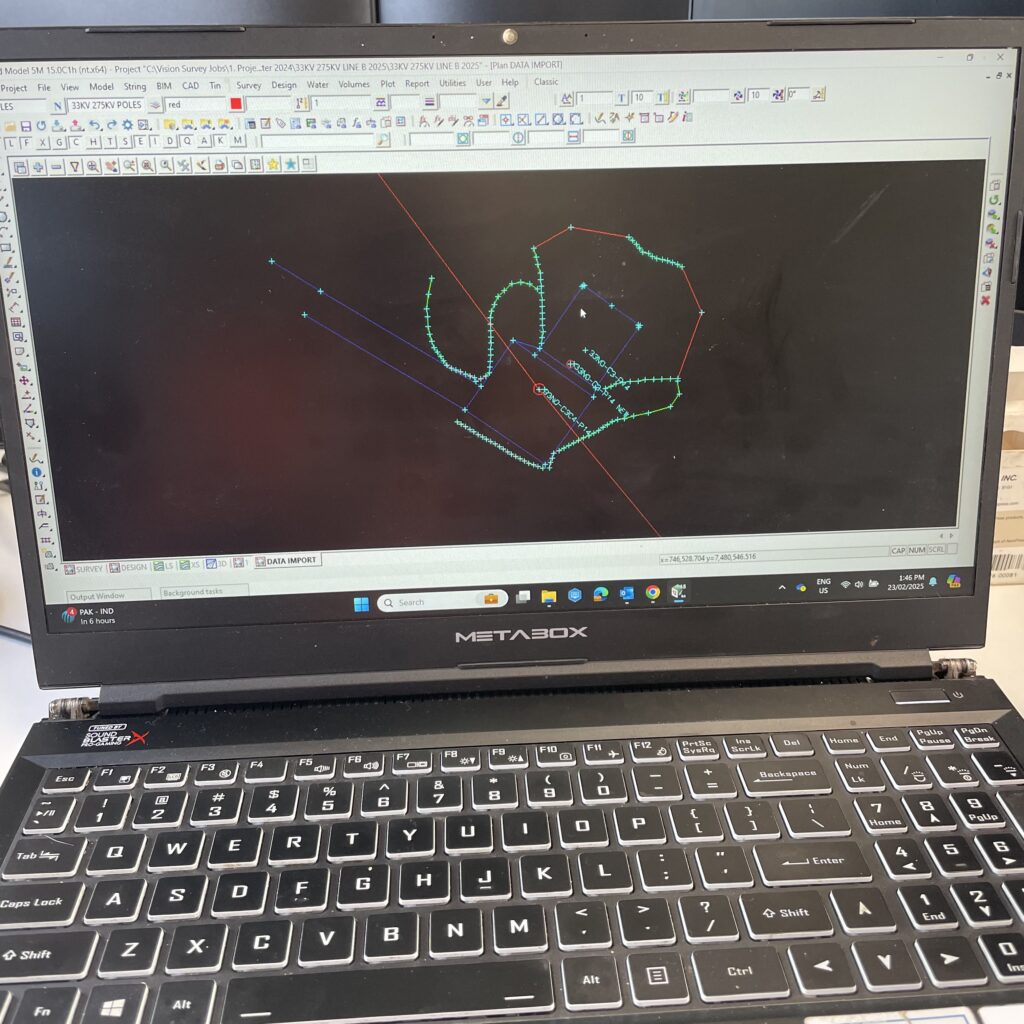I have always been fascinated by how data and digital tools shape modern construction. Office surveyors play a very important role in ensuring projects move forward with reliable information and digital updates.
Surveyors use advanced technology and specialised office tasks to contribute to the successful delivery of construction projects all around the world.
Understanding the Office Surveyor Role
Office surveyors now play a vital part in construction, bridging the gap between fieldwork and digital analysis. These professionals handle data and manage the integration of different technologies into everyday construction tasks. They keep project plans and digital maps accurate and current, helping other stakeholders make informed decisions.
This role involves a mix of technical expertise and digital intelligence.
Office surveyors must stay updated with software improvements and new methods of data gathering, supporting field teams and providing project managers with essential information to keep construction tasks on track.

Core Office-Based Responsibilities
Office surveyors take on a wide range of responsibilities that are key to modern construction. Their tasks range from collecting data to preparing detailed reports. What stands out is their ability to process large amounts of technical information and convert it into clear, actionable plans.
Below are some important tasks that surveyors can perform in the office:
Data Processing and Analysis
A major responsibility in the office is processing data collected from instruments such as total stations, GPS units, Drones and laser scanners. Teams rely on this refined data to create detailed maps, 3D models, or official site reports.
Using Geographic Information Systems (GIS) to merge various spatial datasets ensures that the digital maps and models truly reflect actual site conditions.
CAD and BIM Integration
The merging of CAD and Building Information Modeling (BIM) software has significantly improved accuracy and teamwork. Office surveyors play a key role in creating and maintaining digital models so that projected designs match reality. BIM tools allow project stakeholders to share a common digital model, which helps different teams coordinate more effectively.
Project Planning and Management
Accuracy in project planning is essential. Office surveyors contribute to:
- Layout design,
- Earthwork calculations, such as cut to fill volumes, areas & quantities of different materials onsite
- Construction sequencing
- Project schedules and budgets – are we staying on track or are we wandering off the planned path
When actual as-built data is compared with design models, valuable insights are provided that keep projects on track and give a boost to the overall quality and timing of each phase.
Legal and Regulatory Compliance
Reviewing legal documents is another important duty. Office surveyors can carefully examine property titles, zoning requirements, and other legal paperwork to ensure projects comply with local laws and boundary rules.
They often prepare detailed legal descriptions outlining property boundaries and easements, helping project managers and contractors avoid costly disputes later.
Using Advanced Technology in the Office
Using new digital tools has greatly improved office surveying tasks. Several technologies come into play, including:
- 12D Model Engineering/Surveying software
- GIS for detailed spatial data analysis and visualizing site information.
- CAD/BIM for crafting accurate digital models that mirror actual conditions.
- Cloud-based platforms for secure data sharing and smooth collaboration among teams.
- Remote sensing to gather data from satellites and drones, which further refines field work.
This integration of technology makes it easy to share information and keep everyone updated. Having the right digital tools is not only essential for boosting efficiency but also for improving overall project quality.
Impact on Modern Construction
The influence of office surveyors in construction projects is clear. Their work has a direct impact on precision, planning, and cost-effective project management techniques.
Increased Accuracy and Efficiency
Digital tools allow for more accurate survey data. Efficient data analysis helps reduce errors and the need for rework. Many projects have benefited from automated data processing, which significantly shortens the time required to produce accurate reports. Reliable data speeds up the construction process.
Enhanced Collaboration
Collaboration is at the heart of modern construction. Digital models and cloud-based platforms improve communication, ensuring every team member works from the same updated information. This unity strengthens coordination between architects, engineers, project managers, and contractors.
Improved Decision-Making
Accurate and timely data is essential for sound decision-making. Reliable office survey information boosts the confidence of those making crucial construction choices. With a clear view of site conditions and potential issues, project managers can adjust plans and budgets with greater certainty, reducing delays and keeping the project on course.
Reduced Costs and Risks
Office surveyors help detect potential issues early. Through careful analysis, problems such as design discrepancies or field errors can be spotted before they escalate. Early detection not only saves time and money but also minimizes risks by preventing costly surprises during construction.

Modern Office Surveying in Action: Daily Workflow Insights
Understanding the daily workflow of an office surveyor shows just how integrated this role is in modern construction. Every day, field data is transformed into valuable insights for the project team.
The day starts with:
- Reviewing data from field teams, including measurements from total stations, GPS readings, and laser scanners. Once received, the data is processed and analyzed using dedicated software tools.
- Quality checks are performed to ensure that only reliable data moves forward into more complex tasks.
- After processing, the team generates preliminary maps and digital models using CAD and BIM software. Field data is entered into digital systems, and models are adjusted to correct any anomalies.
- This process promotes teamwork as updates are shared among various departments.
Final digital models then serve as key references for project plans. Office surveyors prepare official reports that include detailed maps, measurement outcomes, and analyses of potential errors. These all-in-one reports are presented in meetings with project managers, ensuring everyone has access to verified information for making necessary adjustments.
Common Challenges and How to Overcome Them
Office surveyors often face challenges related to technology and data flow. Issues such as data inconsistency, software glitches, or delays from field teams can create obstacles.
Below are a few common issues and methods to manage them:
- Data Inconsistency: Field data sometimes does not match actual site conditions due to equipment miscalibration. Regular calibration and careful review of raw data help prevent errors.
- Software Integration Issues: Merging data across multiple platforms like GIS, CAD, and BIM can be challenging. Routine system updates and focused training sessions help smooth the way for better integration.
- Communication Delays: Delays in sharing information between field and office teams can affect project timelines. Cloud-based data sharing ensures that everyone stays updated in real time.
These challenges are addressed through proactive planning and consistent system maintenance. With a well-trained team and reliable digital tools, obstacles can be overcome effectively.
Simple FAQs on Office Surveying
I am often asked about the role and responsibilities of office surveyors. Answering these questions helps clear up common uncertainties about the field.
Question: How do office surveyors support construction projects?
Answer: Office surveyors work behind the scenes to process field data, create accurate digital models, review legal documents, and prepare detailed reports. Their work ensures every aspect of a project is coordinated and current.
Question: What advanced technologies are most useful for office surveyors?
Answer: Tools like GIS, CAD, BIM, cloud-based platforms, and remote sensing technology play essential roles. They help process complex data and make it available to the entire project team.
Question: What skills are important in modern office surveying?
Answer: A strong grasp of digital tools, attention to detail when analyzing spatial data, an understanding of legal documents, and effective communication with on-site teams are very important for success in this field.
Final Thoughts On The Role Of Office Surveyors In Modern Construction
The role of office surveyors in modern construction is broad and essential. Their responsibilities—from data processing and digital modeling to project planning and legal compliance—create a strong foundation for successful projects. Their contributions ensure accuracy and promote clear communication among all teams.
Every project benefits from the detailed planning and digital precision provided by these professionals.
Their work minimizes risks and reduces unnecessary costs. I encourage anyone interested in construction to appreciate the behind-the-scenes efforts of office surveyors. Their contribution, though often unseen, remains a key ingredient in successful modern construction.
Read more about modern surveyors here:
Let’s Start Today!
Fill In Online Form & Book A Meet Up
